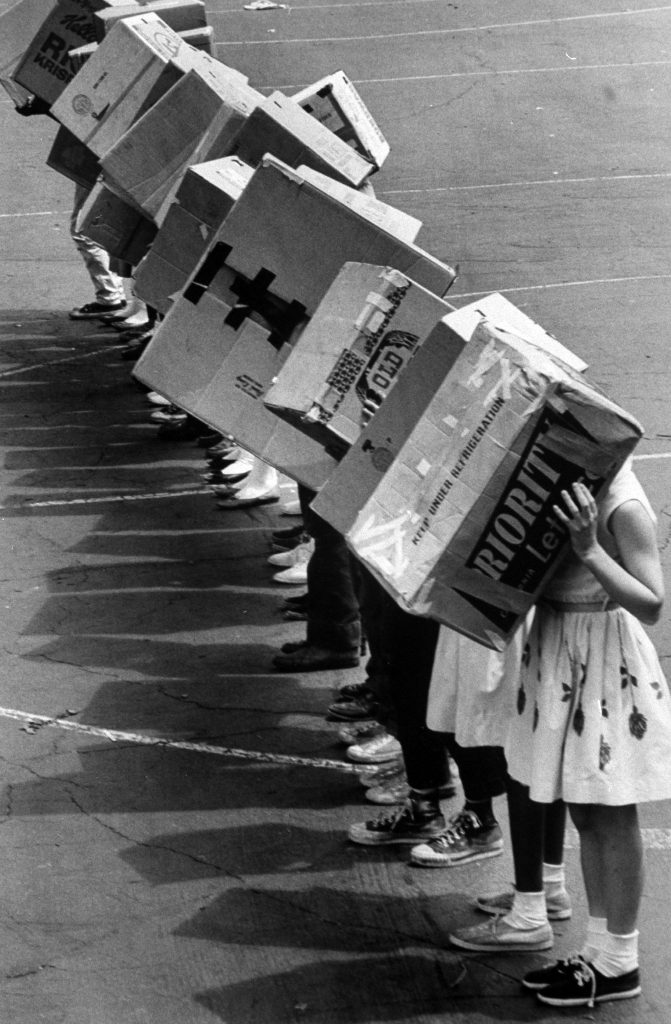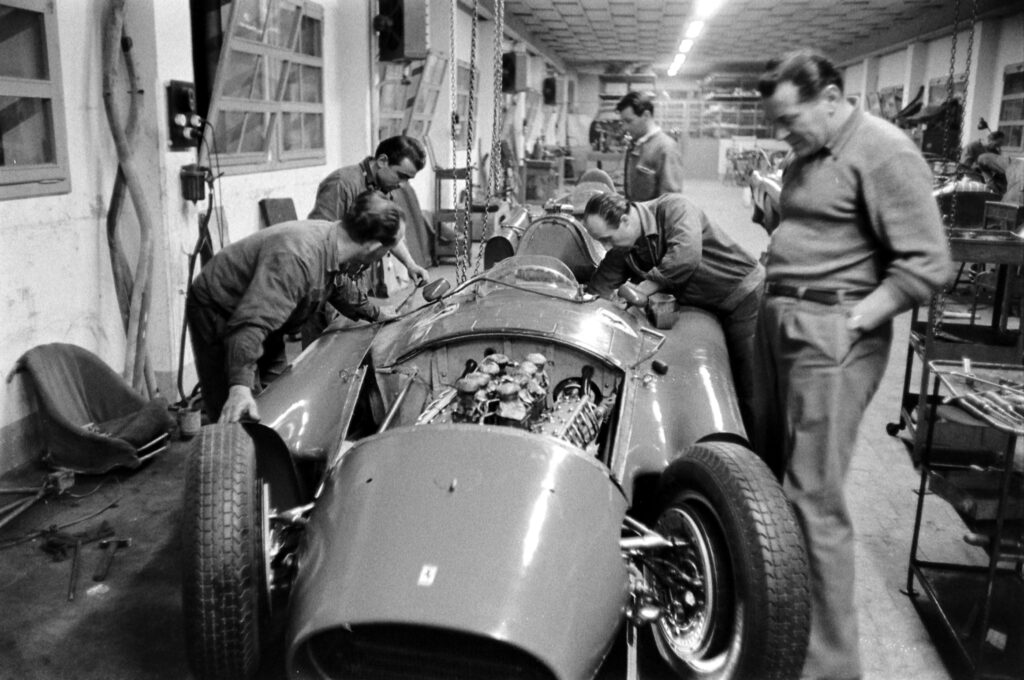Scotland—what a country, and what a history! In 1947 LIFE profiled its landscape, economy and traditions, touting Scotland’s most celebrated exports—among them whiskey, golf, tweed, herring, ships and bagpipes. LIFE added, “Another major export has been men.” Andrew Carnegie, James Gordon Bennett and Alexander Graham Bell, to name just a few, “left their needy land to win high fame elsewhere.”
Hans Wild’s photos for LIFE, and the hundreds of outtakes never printed, capture the intricate detail of Scottish culture down to the shearing of a wooly sheep and the fingering on a traditional bagpipe melody. Pride, in both national heritage and familial lineage, courses through the images. It was, after all, a matter of serious and legal business, as the magazine laid out clearly: “A person who wears the crest of a clan of which he is not a member may be fined £8 6s 8d.”
Liz Ronk edited this gallery for LIFE.com. Follow her on Twitter at @LizabethRonk.

Competitors for the world championship danced the Reel of Tulloch, Scotland 1947.
Hans Wild The LIFE Picture Collection/Shutterstock

Ancient Castle Rock and its fortifications (upper right) have looked down on Edinburgh for centuries. The royal residence of Scottish kings beginning in 1004, it was also the scene of witch burnings. The “Royal Mile,” a mile of streets connecting castle and Holyrood Palace, began beyond the castle at the extreme right. Essayist Thomas De Quincey was buried in the cemetery of St. Cuthbert’s Church (lower left).
Hans Wild The LIFE Picture Collection/Shutterstock

Eilean Donan Castle guarded Loch Duich in the western Highlands near Dornie. Under the low cloud (right) lay the Isle of Skye, to which Prince Charlie once fled, disguised as the serving maid of Scottish Heroine Flora Macdonald. The castle was wrecked by British gunfire in 1719 when it was a headquarters for Spanish and Scottish leaders in one of the endless revolts against the English crown.
Hans Wild The LIFE Picture Collection/Shutterstock

The key to the Highlands was once this old bridge over the Forth Stirling. For centuries it was the only escape route for clansmen fleeing north.
Hans Wild The LIFE Picture Collection/Shutterstock

Lord Lyon King of Arms, Thomas Innes of Learney, was supreme judge of all Scottish genealogies and determined precedence and succession of clan chiefs. His full accouterments included an appliquéd tabard, chain of office, Grand Cross of Royal Victorian Order and Baton.
Hans Wild The LIFE Picture Collection/Shutterstock

In full dress, a piper of the famed Black Watch regiment piped a pibroch at Perth Barracks.
Hans Wild The LIFE Picture Collection/Shutterstock

In Stewart Tartan an Aberdeen lass competed in a championship Highland dancing contest held each year at the Cowal gathering at Dunoon. Other events included piping and the fling.
Hans Wild The LIFE Picture Collection/Shutterstock

Scotland, 1947.
Hans Wild The LIFE Picture Collection/Shutterstock

Scotland, 1947.
Hans Wild The LIFE Picture Collection/Shutterstock

Scotland, 1947.
Hans Wild The LIFE Picture Collection/Shutterstock

Scotland, 1947.
Hans Wild The LIFE Picture Collection/Shutterstock

Scotland, 1947.
Hans Wild The LIFE Picture Collection/Shutterstock

Scotland, 1947.
Hans Wild The LIFE Picture Collection/Shutterstock

A four-year-old boy branded the newly sheared sheep with tar, Scotland 1947.
Hans Wild The LIFE Picture Collection/Shutterstock

A champion steer stood in a pasture, Scotland 1947.
Hans Wild The LIFE Picture Collection/Shutterstock

A newly released prisoner of war brought carcasses (shot the night before) up to shore, Scotland 1947.
Hans Wild The LIFE Picture Collection/Shutterstock

St. Giles Church was where Knox preached. Near it, in a now-vanished yard, he may be buried. Nearby also stood Tollbooth Prison (Scott’s Heart of Midlothian).
Hans Wild The LIFE Picture Collection/Shutterstock

Scotland, 1947.
Hans Wild The LIFE Picture Collection/Shutterstock

Glamis Castle, first built in the 11th century, where Macbeth supposedly murdered Duncan, at the time of this photo housed the 23rd Baron Glamis.
Hans Wild The LIFE Picture Collection/Shutterstock

Highland farms like these near Spittal were islets amid bare hills. Spittal (hospital) meant the place where travelers were offered shelter.
Hans Wild The LIFE Picture Collection/Shutterstock

Scotland, 1947.
Hans Wild The LIFE Picture Collection/Shutterstock

Scotland, 1947.
Hans Wild The LIFE Picture Collection/Shutterstock

A man threw an eight pound weight, Scotland 1947.
Hans Wild The LIFE Picture Collection/Shutterstock

Scotland, 1947.
Hans Wild The LIFE Picture Collection/Shutterstock





































































































